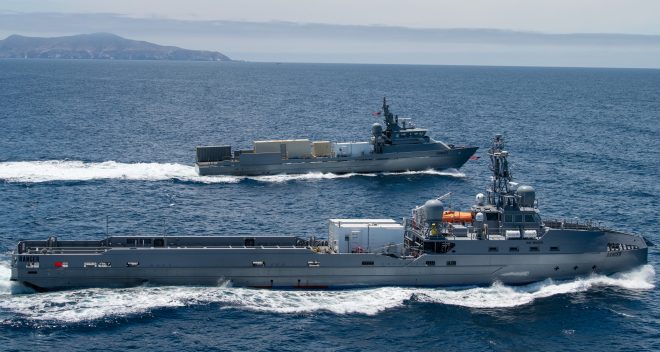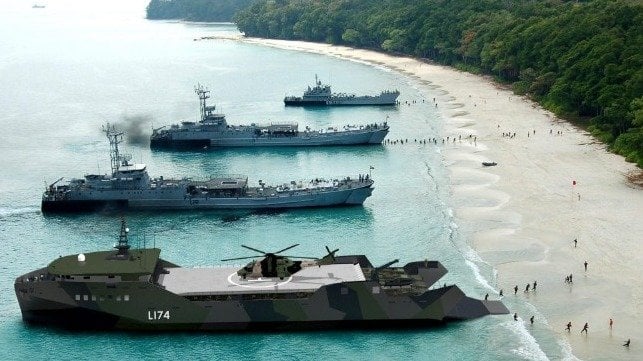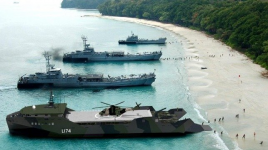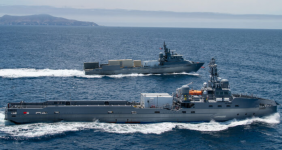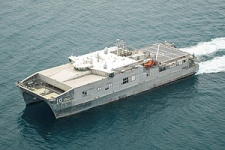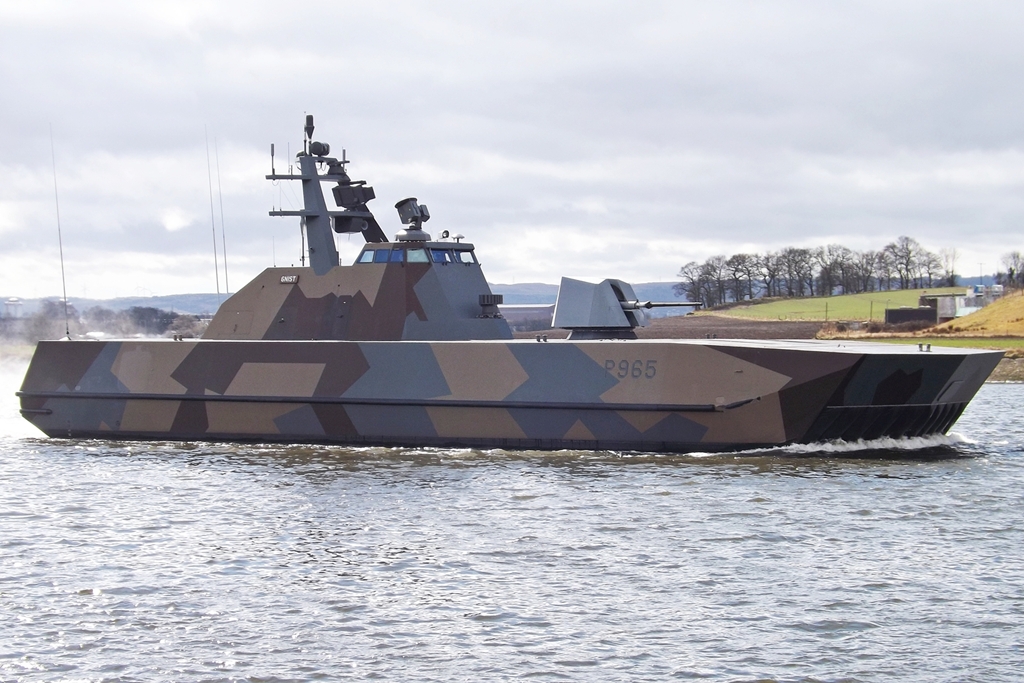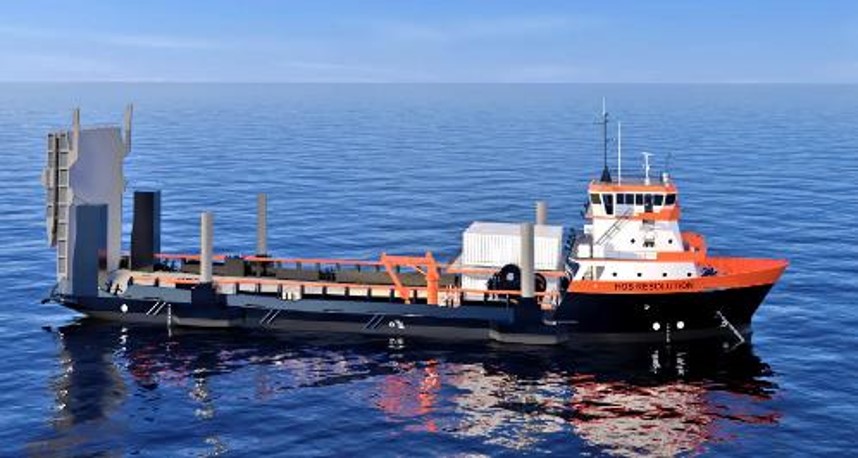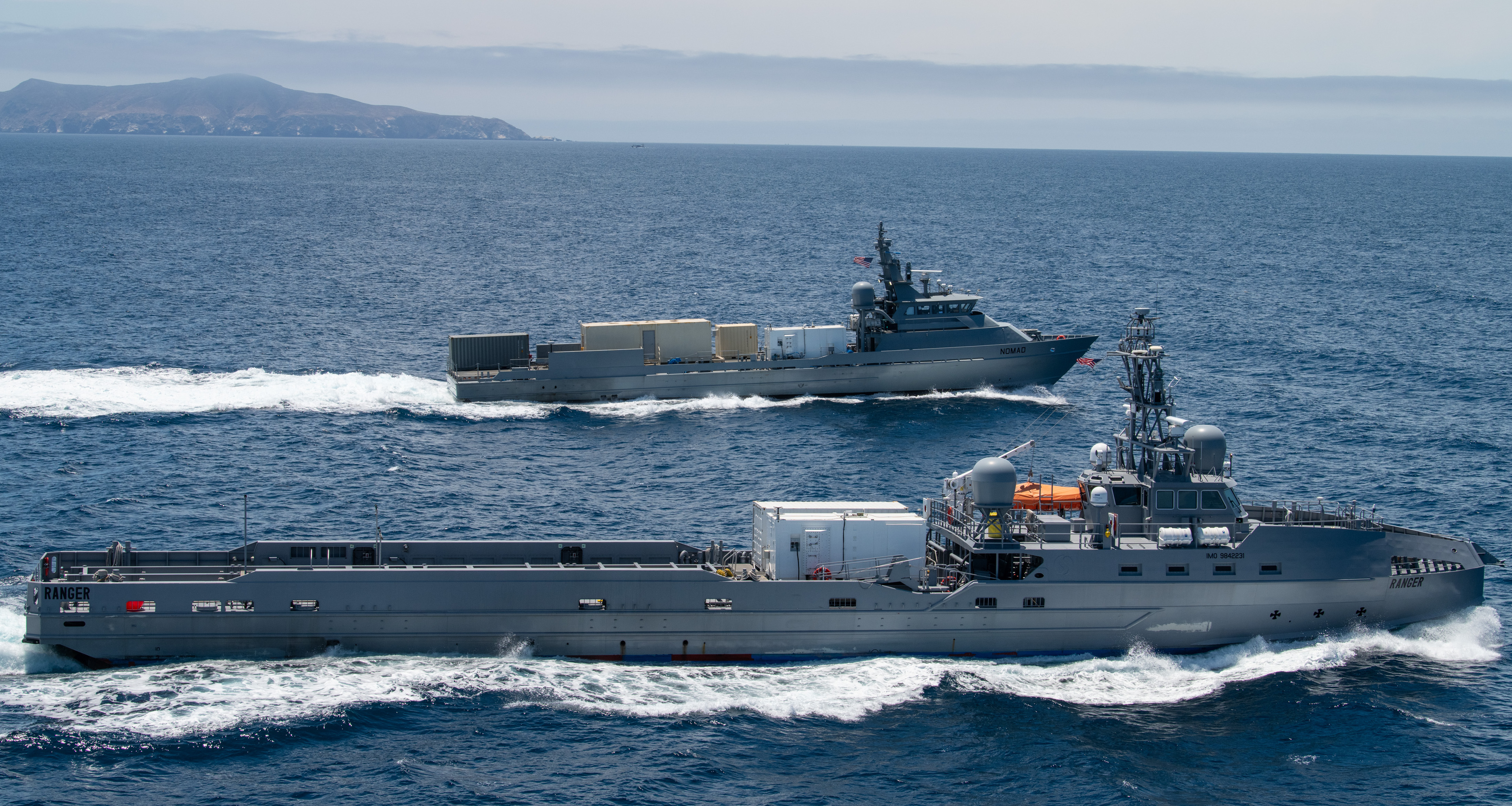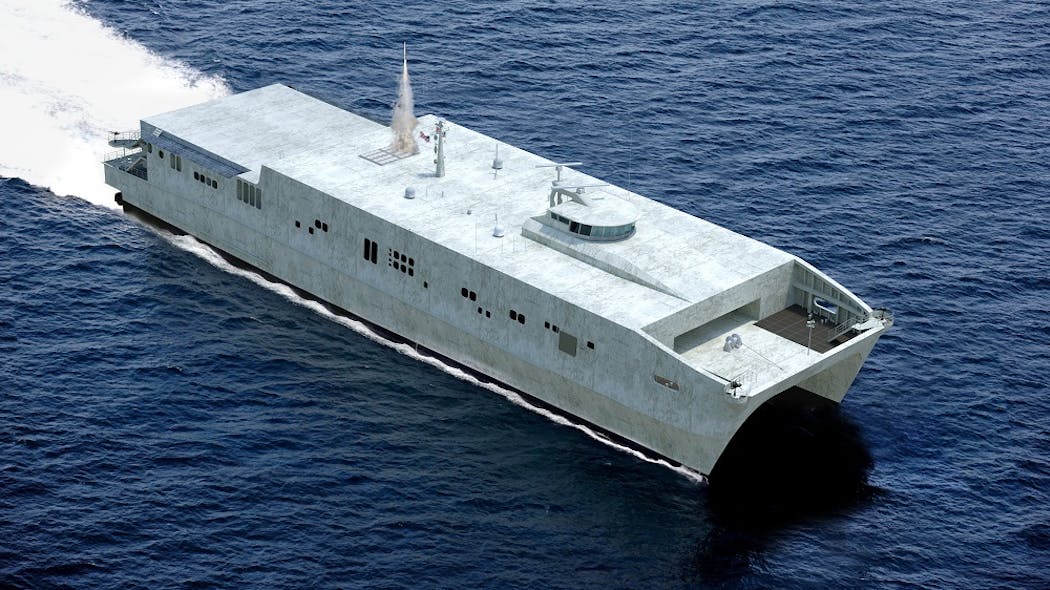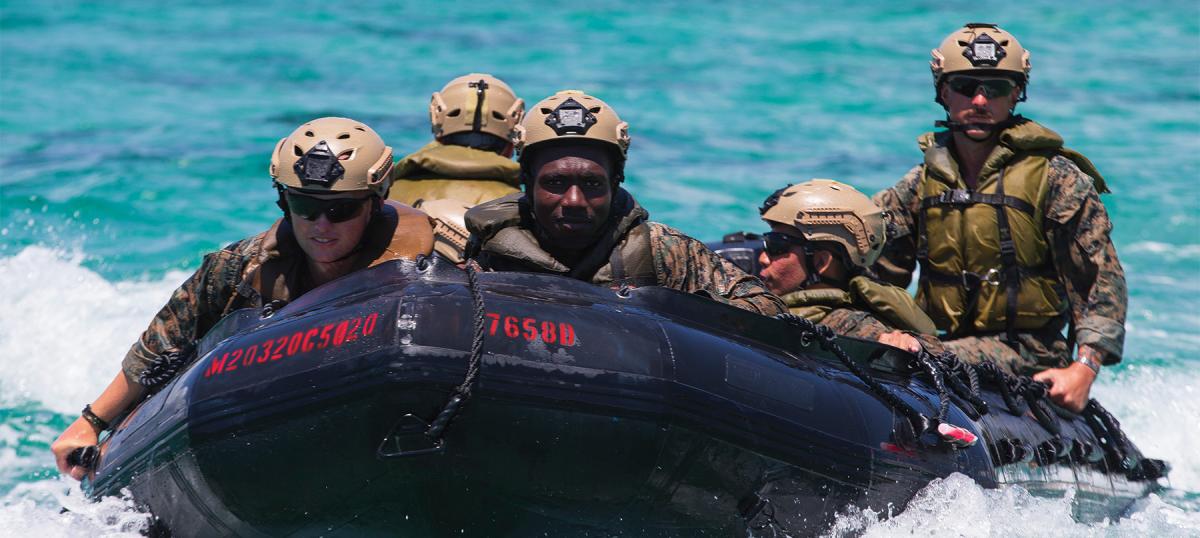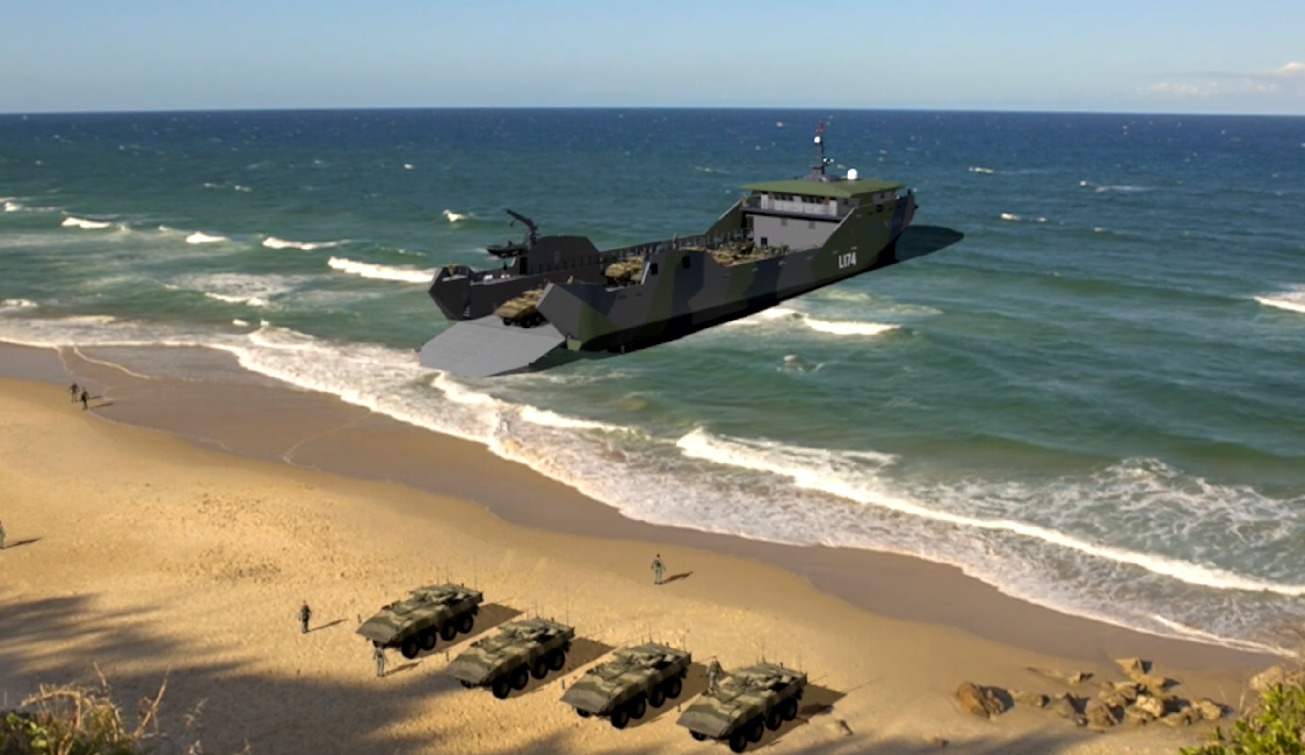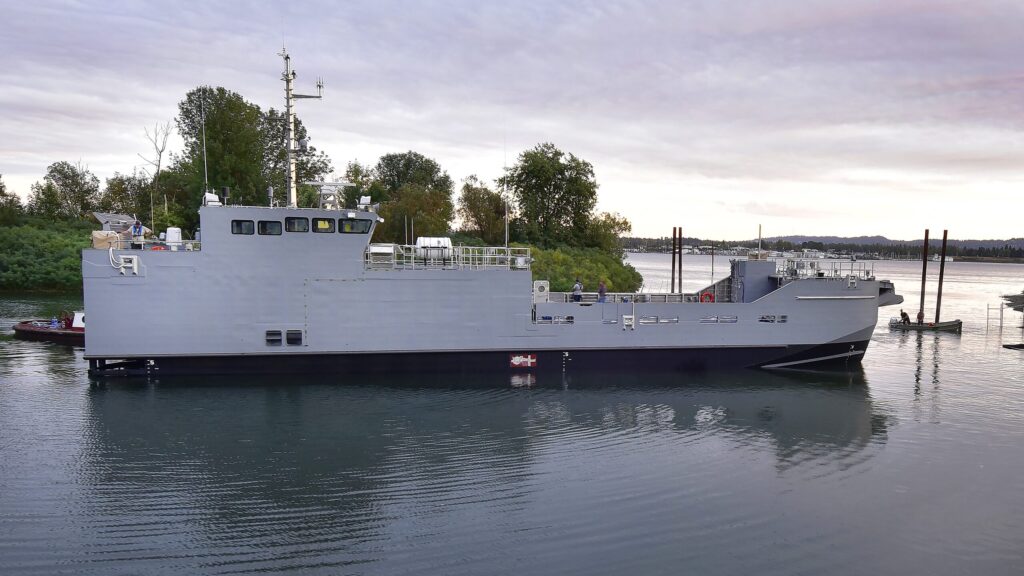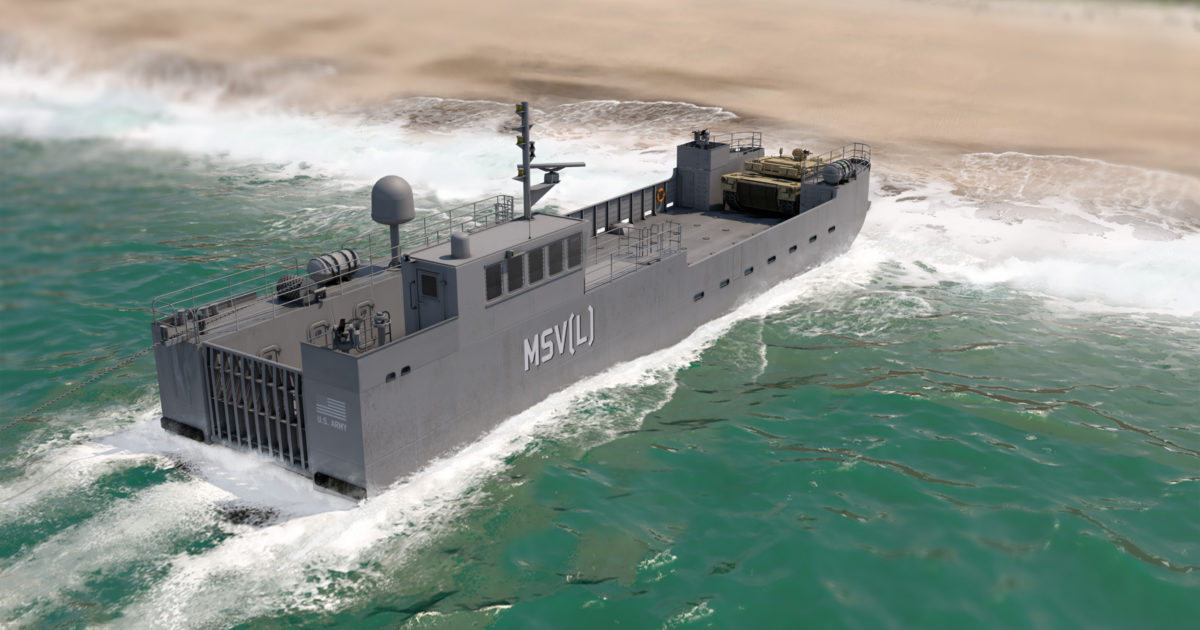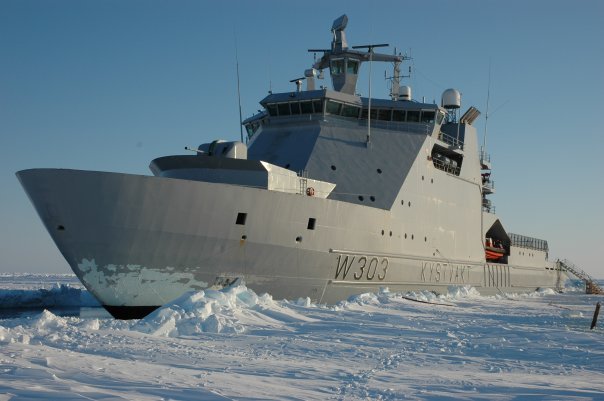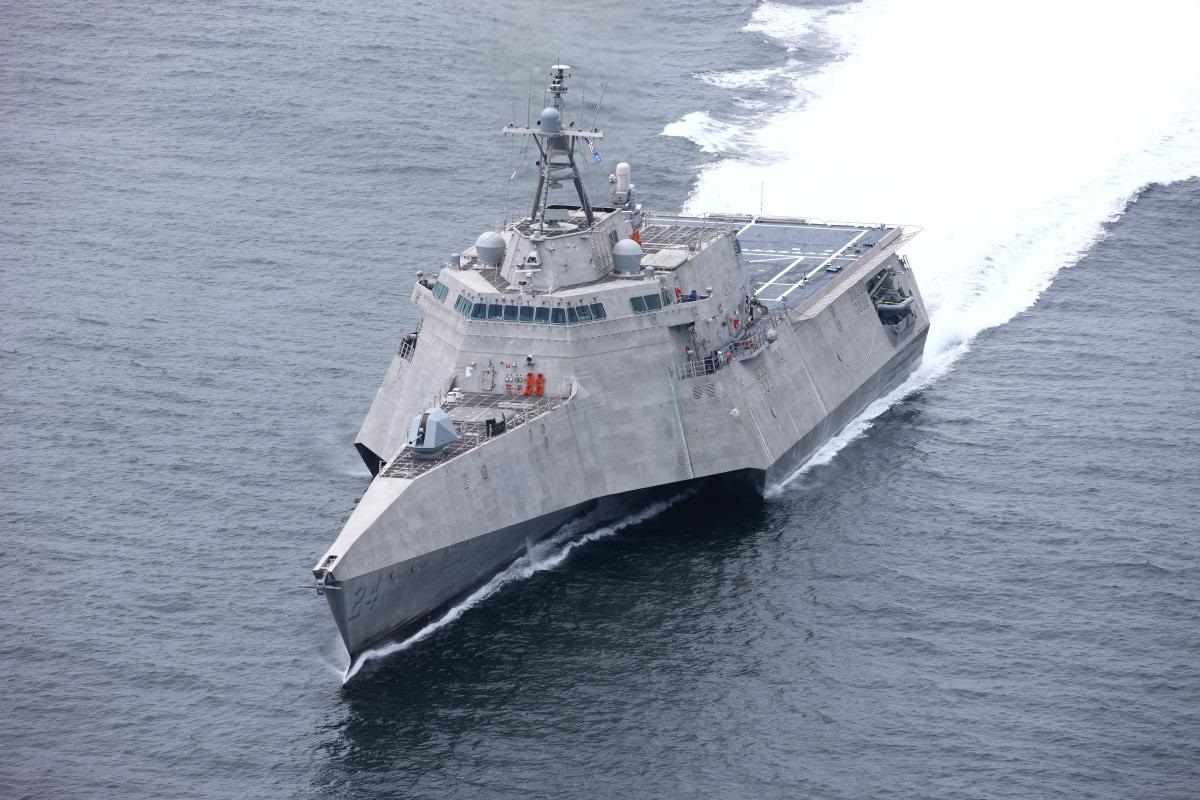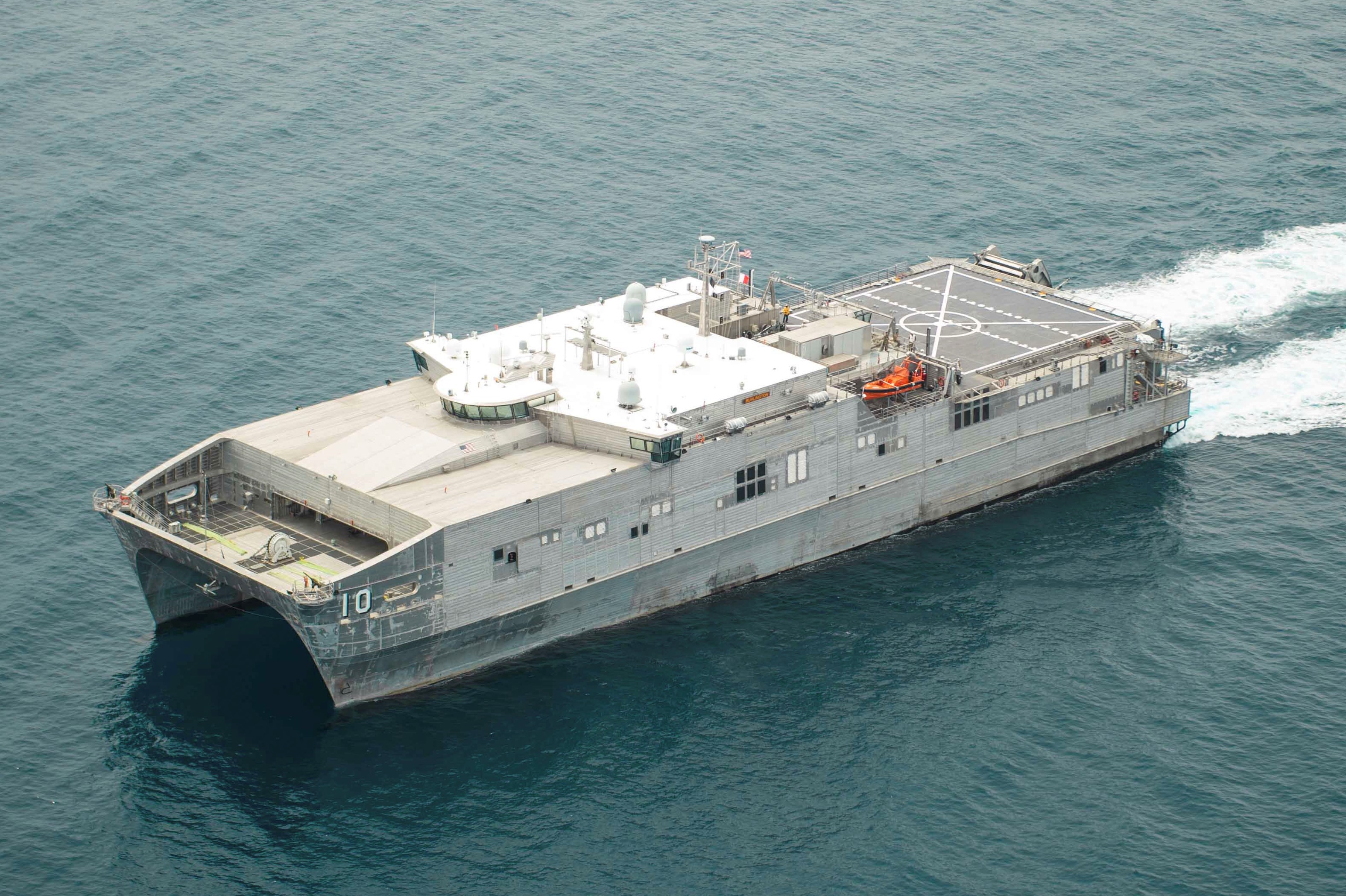The Marine Corps’ Light Amphibious Warship Seems To Be Faltering. Here Is A Novel Solution.
Loren Thompson
Feb 3, 2023,09:00am EST
https://policies.google.com/privacy
When the Pentagon revised its defense strategy to focus on China in 2018, no military service moved faster than the Marine Corps to begin making changes.
Incoming Commandant General David Berger declared in his initial guidance the following year that Marines needed to be trained and equipped “to operate inside actively contested maritime spaces” in support of other naval forces.
This wasn’t a new mission for the Corps, but because the spaces Berger had in mind were first and foremost in the Chinese littoral, the potential danger was unprecedented.
China has been fielding increasingly capable antiship and antiaircraft missiles along its coast for some time, along with the overhead surveillance systems needed to find and track hostile forces.
An artist's conception of how SECAT would look in action.
TEXTRON
Other nations are doing the same, but not on the scale of China’s efforts; combined with Beijing’s huge naval shipbuilding program, the new missiles and sensors present a potent anti-access posture designed to drive U.S. and allied navies out of Chinese waters.
General Berger figured that in such circumstances, the logical role for the Marines would be to operate within those waters—in other words, within range of Chinese missiles—to help defeat Beijing’s own naval forces.
So, Berger set about redesigning Marine combat units, eliminating heavy armor and rotorcraft not relevant to the China challenge while bolstering investment in items like unmanned aircraft, precision fires and tactical networks—areas deemed deficient in the existing force posture.
One refinement that bulked large in the Berger reforms was the requirement for a Light Amphibious Warship, or LAW, that could enable small Marine units to operate in the first island chain off the Chinese coast.
The basic idea was that platoon-size units could maneuver surreptitiously to establish austere forward bases from which they would target Chinese shipping and other assets, moving frequently to avoid detection.
Berger argued in a May 2021 essay for Military Review that, correctly organized and trained, these highly agile units would be “fiendishly difficult for the adversary to locate, track and effectively target.”
LAW was pivotal to this operating concept. The Navy’s existing fleet of 30-plus large amphibious warships were too big and too slow to survive within range of Chinese land-based weapons, so smaller and more numerous connectors were needed.
Several U.S. shipyards have produced designs that can meet the Marine requirement for a light amphib displacing no more that 4,000 tons of water and carrying up to 75 Marines plus a Navy crew not to exceed 40 sailors.
However, the Navy and the Marines can’t seem to agree on the specifications for the ships. Navy planners think that if the vessels are going to operate within the “weapons engagement zone” of the Chinese military, they need to be equipped with a host of survivability features.
Marine planners fear that too many such features would drive up the price of each LAW to a point where they could not afford all the light amphibs they need to be effective.
The resulting impasse has delayed production of the first LAW by two years—to 2025—and if there is no resolution of the ongoing disagreements, it is possible that when General Berger departs the Marine Corps later this year, the plans for a light amphib could depart with him.
There are many nuances to the debate, but fundamentally the problem comes down to this: if you are going to survive within the coverage area of a rapidly growing Chinese surveillance and weapons complex, you need a vessel more nimble and versatile than a traditional steel monohull.
That’s what most of the conceptual designs to date are offering—a monohull—and even some Marines are beginning to think that sending small units into harms way off the Chinese coast on such ships could prove suicidal.
So, is the LAW concept doomed? Not necessarily. Textron (a contributor to my think tank) is proposing a novel alternative to steel monohulls that breaks the mold, so to speak, on how an amphibious vessel should look and operate.
Textron’s idea is for a “Surface Effect Cargo Amphibious Transport” (SECAT) that is essentially an aluminum catamaran capable of transporting 500 tons of cargo and personnel at 50 nautical miles per hour.
To put that in perspective for non-mariners, 50 nautical miles per hour is faster than the posted speed limit on I-95 if you are driving through Charlotte or Philadelphia. It’s faster than the speed of any warship in the current U.S. fleet.
The most interesting feature of the concept is that it relies largely on a cushion of air to displace the weight of the loaded vessel, with only the narrow aluminum structures on its sides actually submerged below sea level.
With a shallower draft and higher speed than traditional steel vessels, SECAT would be far more survivable in a contested littoral environment. It is less vulnerable to the kind of undersea shock waves generated by mines and torpedoes than any monohull would be.
And that’s not all: the configuration of SECAT is much better suited to landing forces on unimproved beaches, and transferring rolling stock from naval vessels at sea.
The latter consideration is important, because as China’s anti-access capabilities have grown, the U.S. Navy has adjusted its plans to operate large vessels further out to sea.
Obviously, the more cargo a SECAT carries, the less distance it can go without refueling. But Textron says that carrying 290 tons of payload, the vessel can travel 1500 nautical miles at 47 knots in choppy seas.
In statue miles, that’s over 1700 miles at 54 miles per hour—enough to get you from Guam to northern Luzon Island in the Philippines without refueling.
Textron says it can make these estimates with confidence, because it has been working on the technology for decades.
Thus, the technology isn’t really new, but it seems uniquely suited to the new mission on which the Marines are embarked. This is the kind of solution that military necessity sometimes demands, so the concept seems worthy of scrutiny.
Otherwise, the whole idea of operating light amphibs within range of Chinese weapons could prove to be a detour from reality.
As noted above, Textron is a contributor to my think tank—as are several of its competitors.
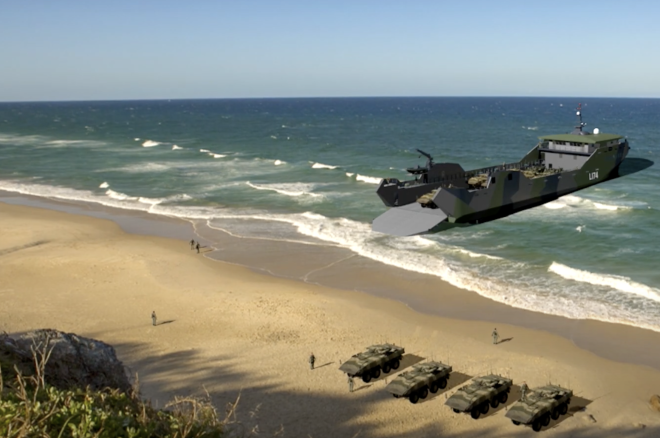
 news.usni.org
news.usni.org




